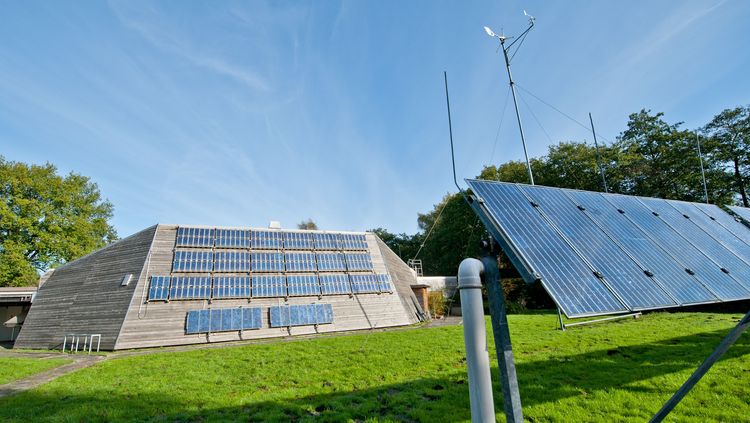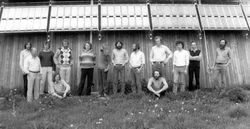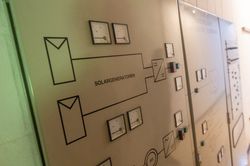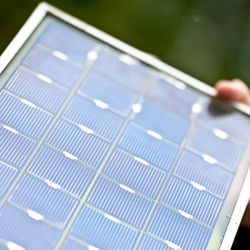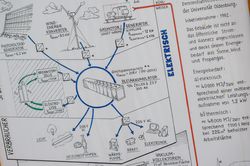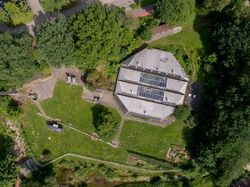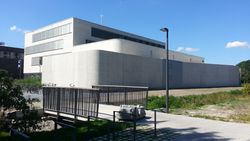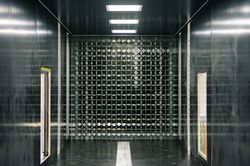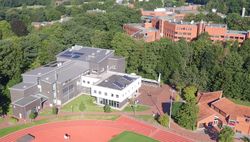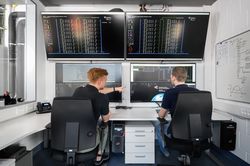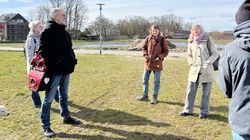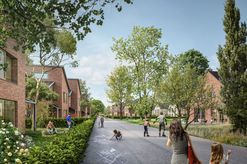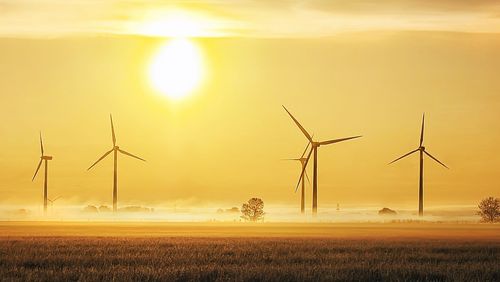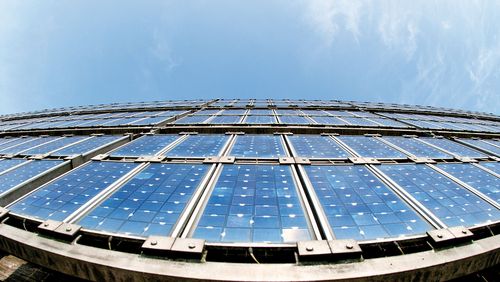This is made possible by a grid of almost a thousand diamond-shaped metal blades whose configuration can change from one elaborate geometric pattern to another in a matter of moments to generate different degrees of turbulence, similar to what happens in natural wind fields. “It’s like cutting a piece out of a storm,” is how a team led by turbulence researcher Prof. Dr. Joachim Peinke described the process in a well-received paper published in the journal Physical Review Letters.
The ForWind Center for Wind Energy Research of the Universities of Oldenburg, Hanover and Bremen, of which Oldenburg wind research is a member, recently began studying real wind fields and their turbulence dynamics at a large-scale, globally unique research facility: the German Aerospace Center’s (DLR) new WiValdi research wind farm offers researchers four measurement masts, each over a hundred metres tall, and two wind turbines fitted with around 1,500 sensors for their experiments.
A third methodological pillar of Oldenburg’s wind research, alongside the lab experiments in the wind tunnel and the free field experiments at the wind farm, are the complex simulations carried out on ForWind’s two supercomputers. The Energy Meteorology Group – established in the 1990s as a separate research group by Dr Detlev Heinemann – also remains active in the University’s wind research.
With these research strategies, the Oldenburg researchers follow in the tradition of the Energy Lab. “We study the wind and its interactions with the turbines not as engineers but from a physics perspective,” explains Prof. Dr. Martin Kühn, head of the Wind Energy Systems research group and board member of ForWind.
In Kühn’s view, the main task now is to increase the “social and ecological value” of wind energy. “As an industry, we have been very successful in recent years in reducing the cost of generating a kilowatt hour of electricity. In future, the focus will be on making wind power more consistently available and ensuring that it maintains the stability of the grid and replaces fossil fuels.”

